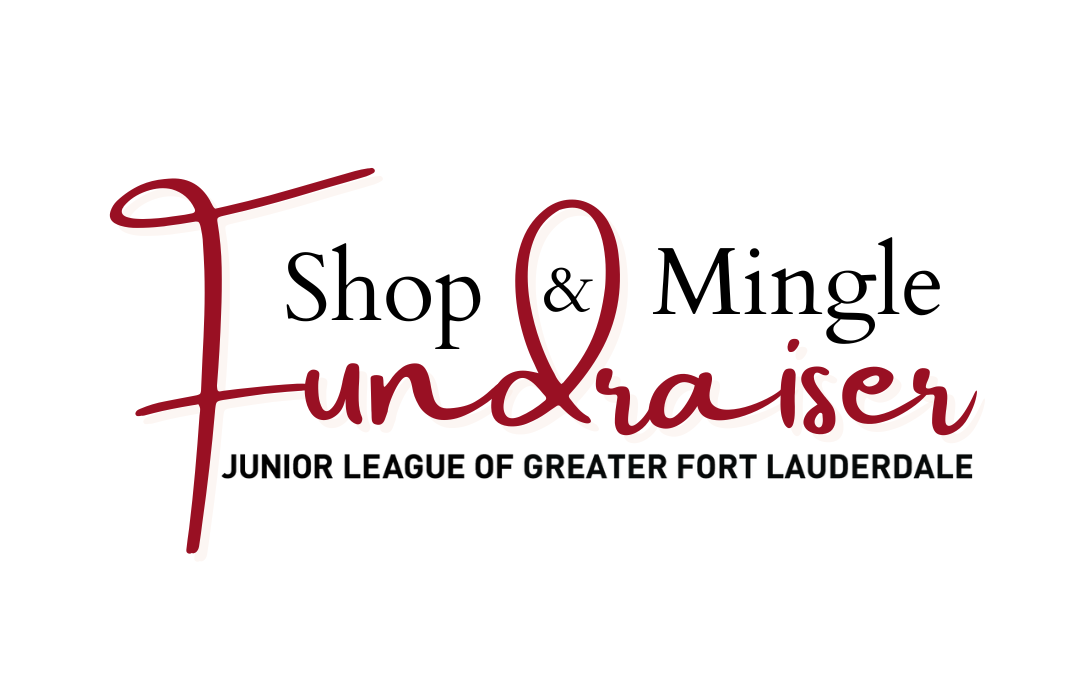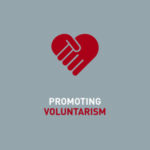Who We Are
We are empowering Broward County women by helping them develop civic leadership skills, then giving them the tools to put their unique talents to work in our community!
What We Do
The Junior League of Greater Fort Lauderdale is creating real change in Broward County by advancing social activism-focused projects that directly benefit our local community! We make a positive impact through effective action and leadership.
Join Us
To the Junior League of Greater Fort Lauderdale, becoming a civic leader begins with understanding that local efforts can have a global reach! If you’re interested in collaborating with like minded women on impactful local projects, you’re in the right place!
League Events

Junior League’s Shop and Mingle Fundraiser
Junior League Consignment Sale
The Butcher’s Barrel Fundraiser

If you’re interested in collaborating with like-minded women on impactful local projects, you’re in the right place!

Our history is strong, and your support is helping us continue our important work.